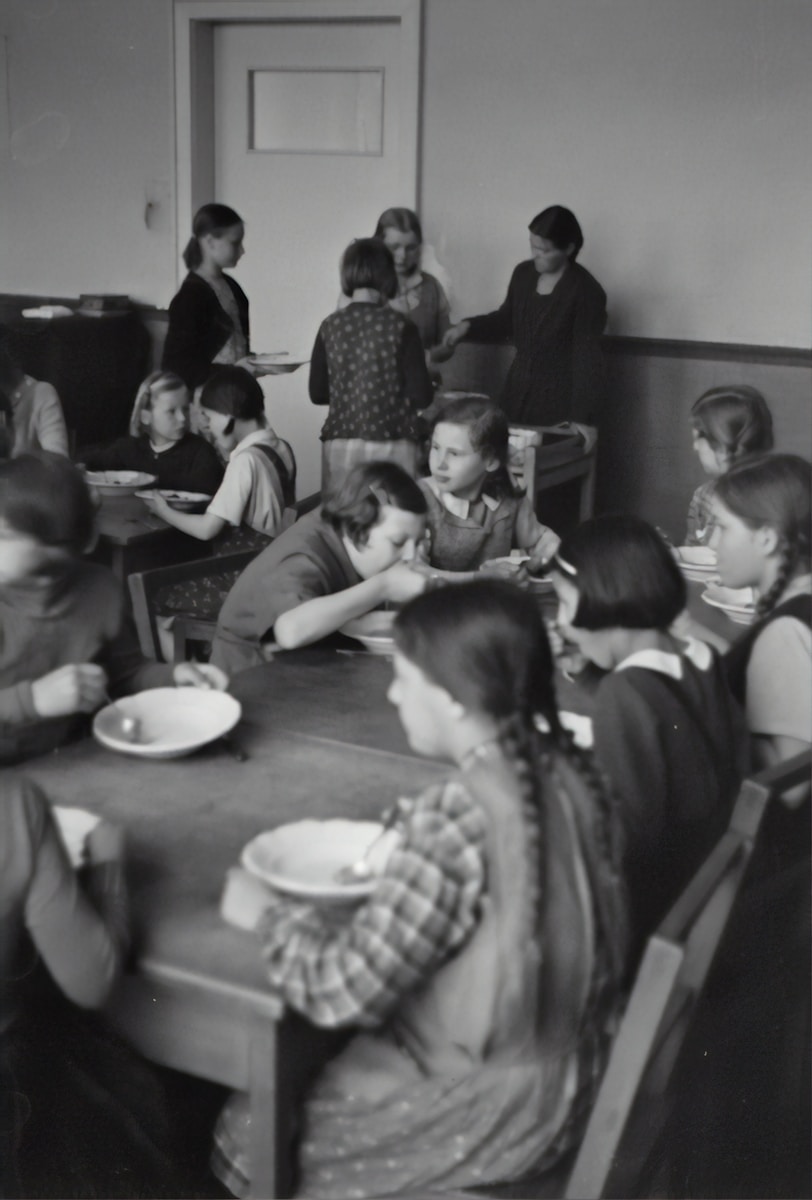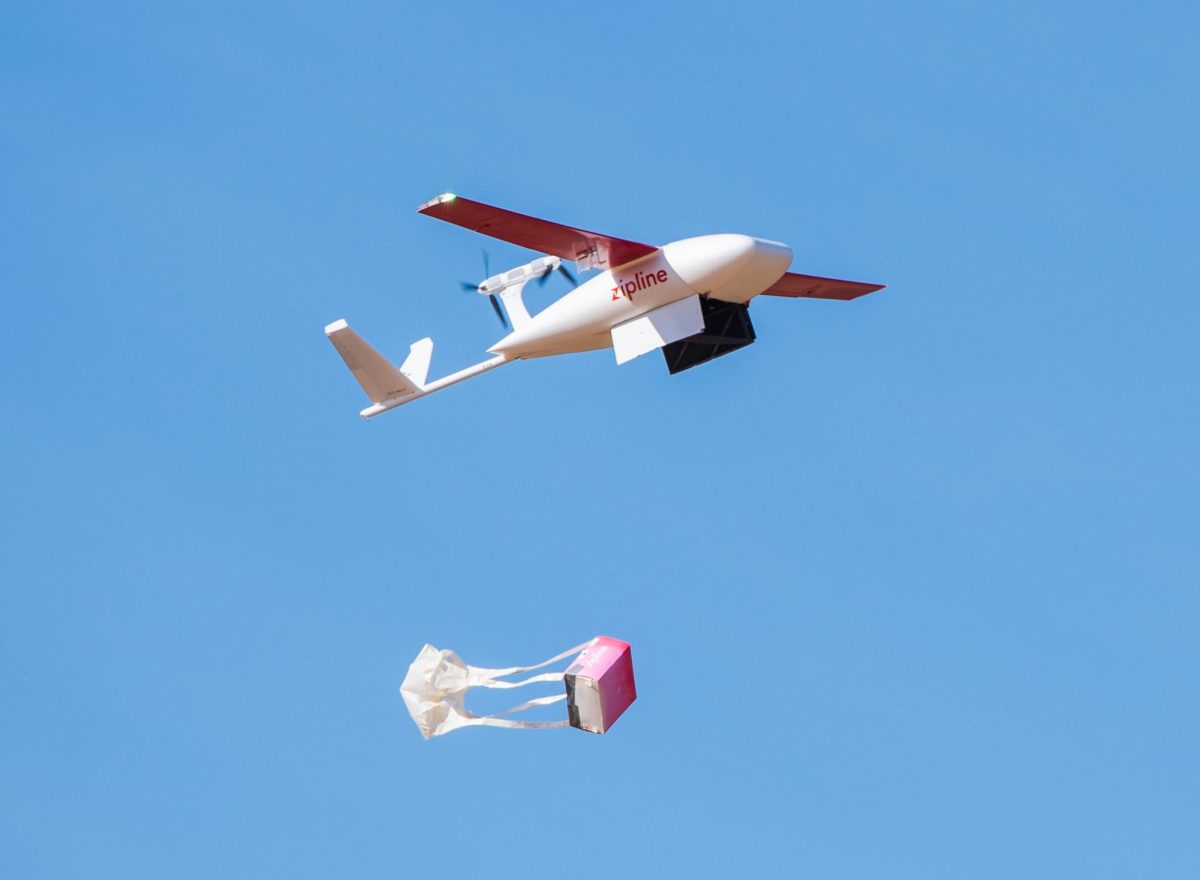When you think of school food, you may think of pizza, chicken patties, or meatballs.
But if you went 100 years back, what would school food be like? How would the environment and the food change?
In the 1910s, we had nothing exciting. We had some canned fruits, bread, and milk.
If students have some extra money they could choose a rice pudding dish on the side, it seems very boring for this year but, the 1920s get a lot different. In the 1920s, canned meat was available. Stews are now on the menu, as are some creamed vegetables. Canned beef doesn’t seem appealing, but it’s better than none.
The 1930s are a lot different. This was the Great Depression era when the company went to rock
bottom. When food sources were almost gone, they would sell apples, bananas, and other vegetables.
Unlike the 1930s, the 1940s was after the depression era. Schools would have lunch programs, but funding food to the soldiers in the WW2 battle left kids starving as they almost had nothing to eat of the rations left.
The population rose in the 1950s, mostly unexpectedly. Now, with all these children, schools have to produce more food than average to feed them all.
The 1960s was an amazing year when they first added pizza to the menu. It was a great addition to lunches and would stay on lunches even today.
In the 1970s, when fast food started to rise, companies like Burger King and McDonald’s would sell their products in schools, even though it wasn’t a healthy option. Kids loved it.
In the 1980s, the school lunch budget was docked by a billion dollars—yeah, a lot. It was a big cut to school lunches, but other products were added to the menu, like chicken nuggets and cheeseburgers.
The 1990s was the year when the federal government got involved in lunches, where products like Chick-fil-A, McDonald’s, and Burger King were used as side products to promote health and safety.
In 2000, the high obesity rates forced the government to lower food prices, eliminate certain food products, and switch to more vegetables.
In the 2010s, the final decade of school lunches, the federal government would still lower the school lunches to include more vegetables and make products safer. Many schools and students didn’t like these at all.




